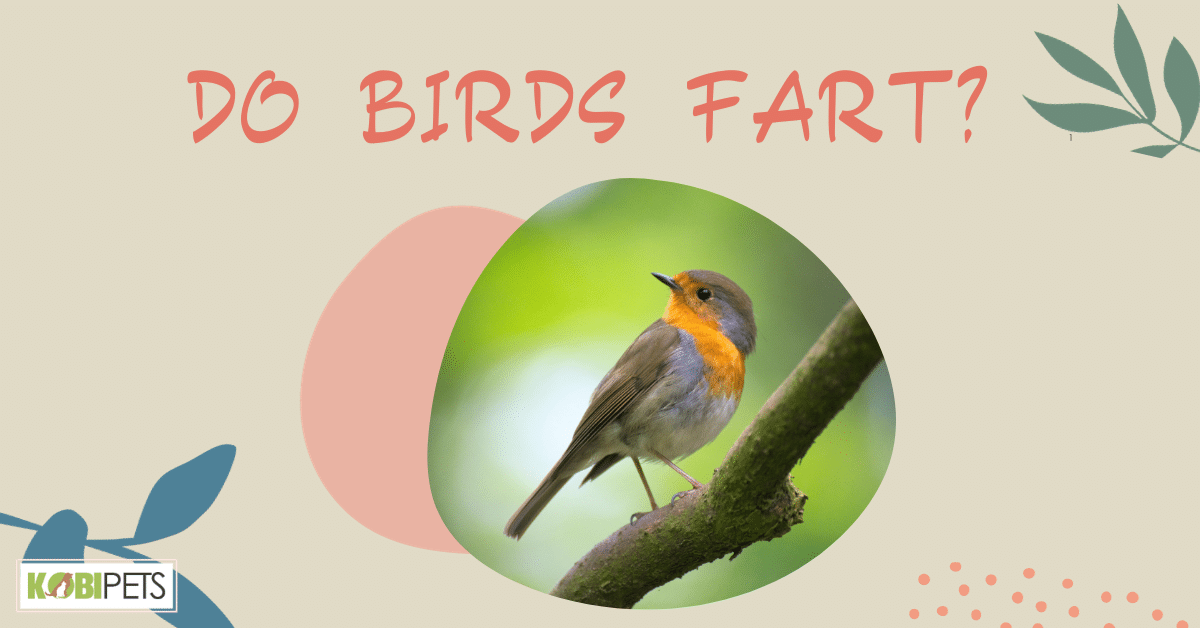
Birds have an efficient digestive system that primarily expels waste through excrement, not flatulence. Most birds lack the bacteria that produce methane in their guts, which is a primary component of gas in mammals. So, while they can produce some gas, it’s minimal and birds don’t fart in the same way mammals do.
Birds have a specialized digestive system, using a two-part stomach for processing food. In contrast, mammals rely on teeth for chewing and stomach acids for digestion. These differences highlight their unique evolutionary adaptations and dietary requirements.
The Role of Gut Bacteria
The microscopic world within our guts plays a monumental role in overall health, influencing everything from digestion to mental well-being. These internal companions, primarily gut bacteria, are crucial in shaping many of our bodily functions.
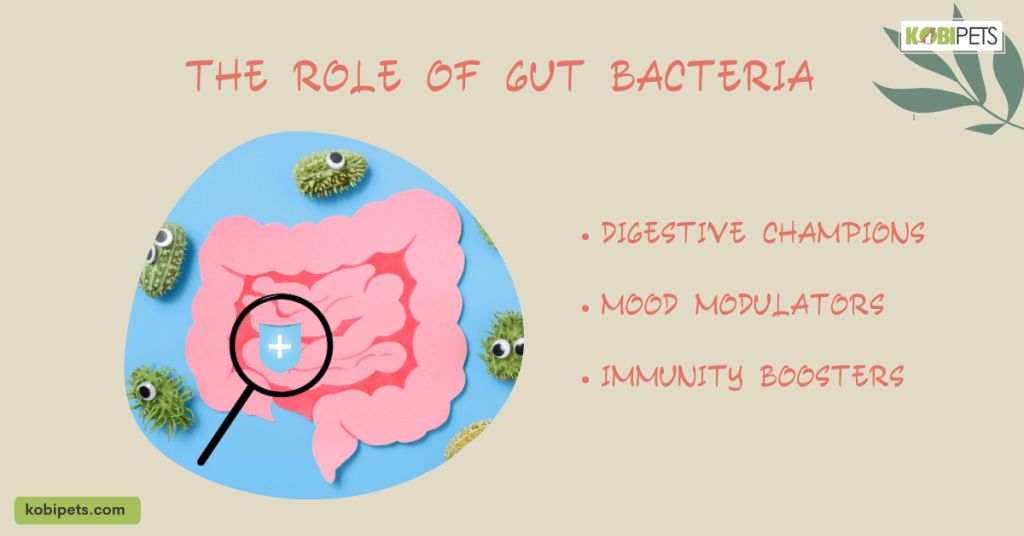
The Role of Gut Bacteria
- Digestive Champions: Gut bacteria assist in breaking down complex food substances, aiding in nutrient absorption, and optimizing the digestive process.
- Mood Modulators: Emerging research has shown a connection between gut bacteria and our moods, suggesting that these microorganisms might influence brain health and emotions through the gut-brain axis.
- Immunity Boosters: These bacteria are integral to a robust immune system, helping in the development of immunity cells and protecting against harmful pathogens.
Gut bacteria, these unseen allies, have a profound impact on our health, dictating numerous physiological processes. As science delves deeper, we’re only beginning to grasp the full extent of their role in our lives.
Mechanisms Behind Mammalian Flatulence
Flatulence in mammals, including humans, is primarily a byproduct of the digestive process. As gut bacteria break down certain undigested foods, especially complex carbohydrates, they produce gases, including methane. Methane, a primary component of this gas mixture, is a result of anaerobic bacterial fermentation in the intestines.
When gas accumulates and pressure builds, the body expels it, leading to what we commonly recognize as flatulence. This natural mechanism serves not only as a digestive relief but also as an indicator of the microbial activities occurring within the gut.
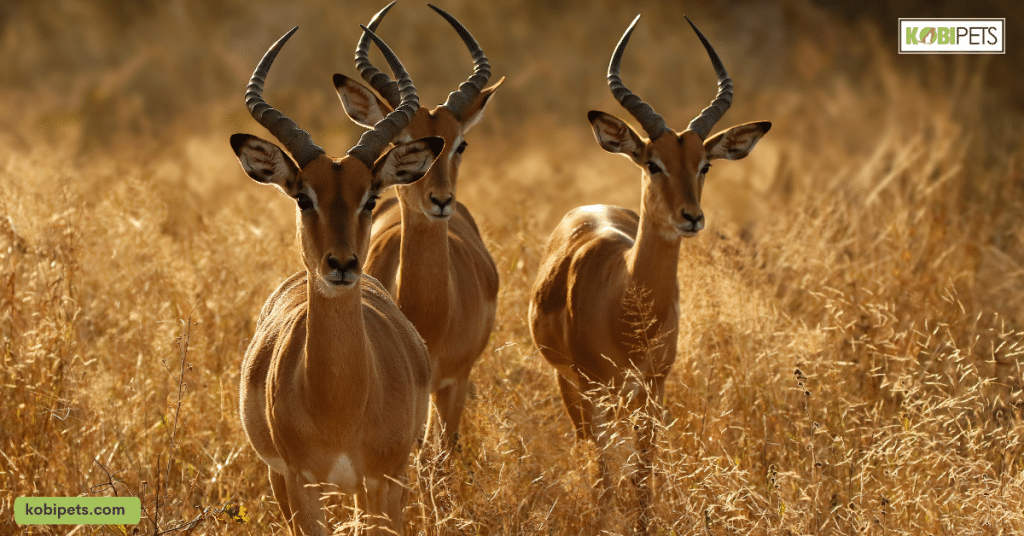
Can Birds Produce Gas?
Birds, like all living organisms with a digestive system, have the potential to produce gas during the digestive process. The internal generation of gas in birds can result from the fermentation of undigested food by bacteria in their intestines.
However, the way birds handle this gas is notably different from mammals. Unlike mammals, which might release excess gas as flatulence, birds are less equipped to expel gas. Their efficient digestive systems and quicker food processing times mean that gas buildup is minimal.
Additionally, their unique anatomical structures may not facilitate the same kind of gas release as seen in mammals. This leads to the observation that, while birds can produce some gas internally, they don’t typically “fart” in the way mammals do.
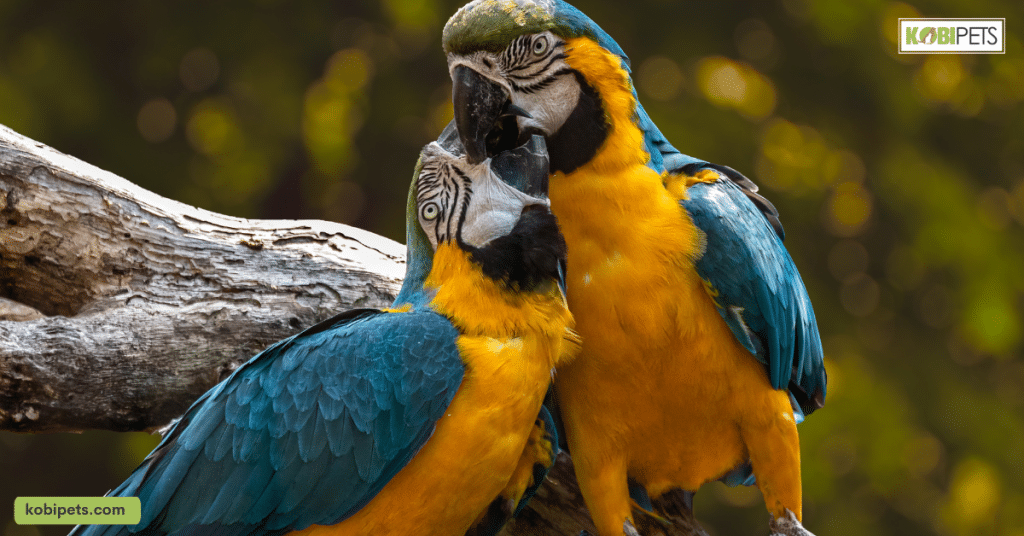
Reasons Birds Don’t Typically “Fart”
Birdsong fills the air with melodies and rhythms, capturing the essence of nature’s soundscape. Yet, amidst these harmonic sequences, there’s a peculiar silence on one front – the absence of avian flatulence. This intriguing omission sparks curiosity: Why is it that birds don’t typically “fart”?
Streamlined Digestive Processes
Birds, from the tiniest hummingbird to the majestic eagle, are characterized by their optimized and rapid digestive systems. Designed to extract nutrients quickly, their digestive processes leave little room for substantial fermentation – a primary cause of gas in many animals.
Whereas mammals may have extended periods of food breakdown, leading to gas buildup, birds have evolved to minimize this, allowing them to maintain their energy and agility.
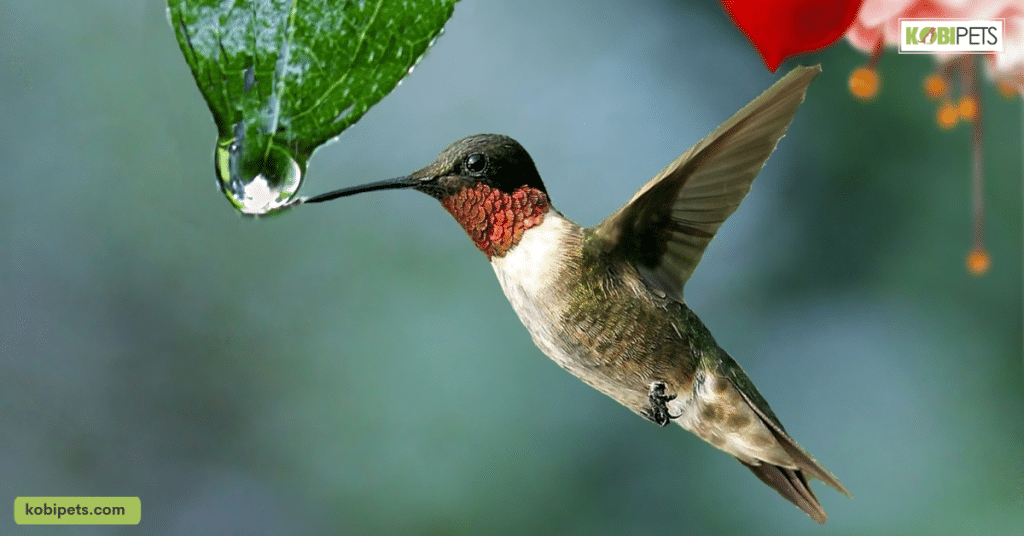
Anatomical Implications
The architecture of the avian body, especially its digestive anatomy, is fundamentally different from mammals. Birds lack certain types of gut bacteria that are known producers of gas in other species.
Additionally, the structure of their intestines and the absence of specific chambers where gas might accumulate mean they’re not predisposed to large gas buildups. The combination of these anatomical distinctions ensures that even if some gas is produced, it doesn’t manifest in the same way it does in mammals.
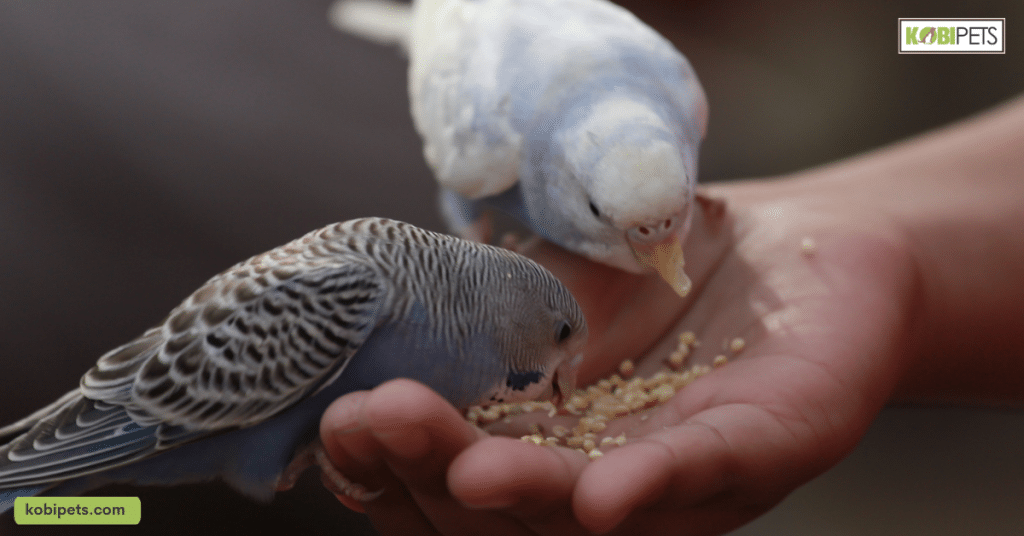
Evolutionary Advantages
Flying is an energy-intensive activity, and for birds, every ounce and every moment counts. Carrying excess internal gas could prove detrimental, potentially affecting balance, flight agility, and buoyancy. By evolving mechanisms to minimize gas production or accumulation, birds ensure that their flight – their primary mode of transport, escape, and food acquisition – remains efficient and unhindered.
The world of birds, with its myriad of colors, sounds, and behaviors, never ceases to amaze. Their lack of observable flatulence is more than just a quirky fact; it’s a testament to the intricate dance of evolution, which shapes each species to thrive in its unique ecological niche.
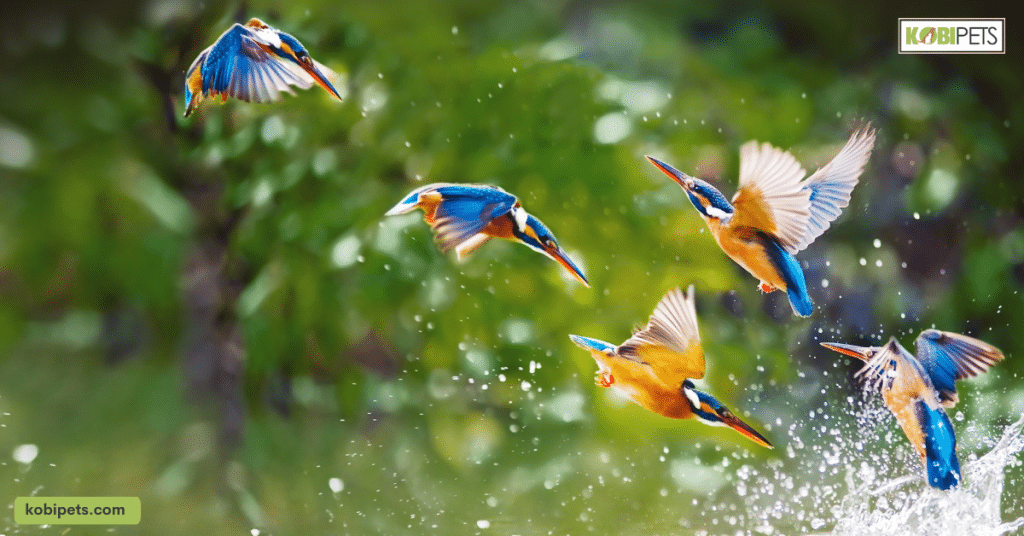
Conclusion
Gut bacteria, often overlooked, are emerging as central players in the intricate symphony of our health. They not only facilitate efficient digestion by breaking down complex food molecules but also wield influence over our emotional landscape through the gut-brain axis.
Moreover, they serve as our body’s first line of defense, fostering a resilient immune system that wards off potential threats. As science continues to unravel the depth of their influence, it becomes abundantly clear that these microorganisms are indispensable components in the tapestry of human health and well-being.






